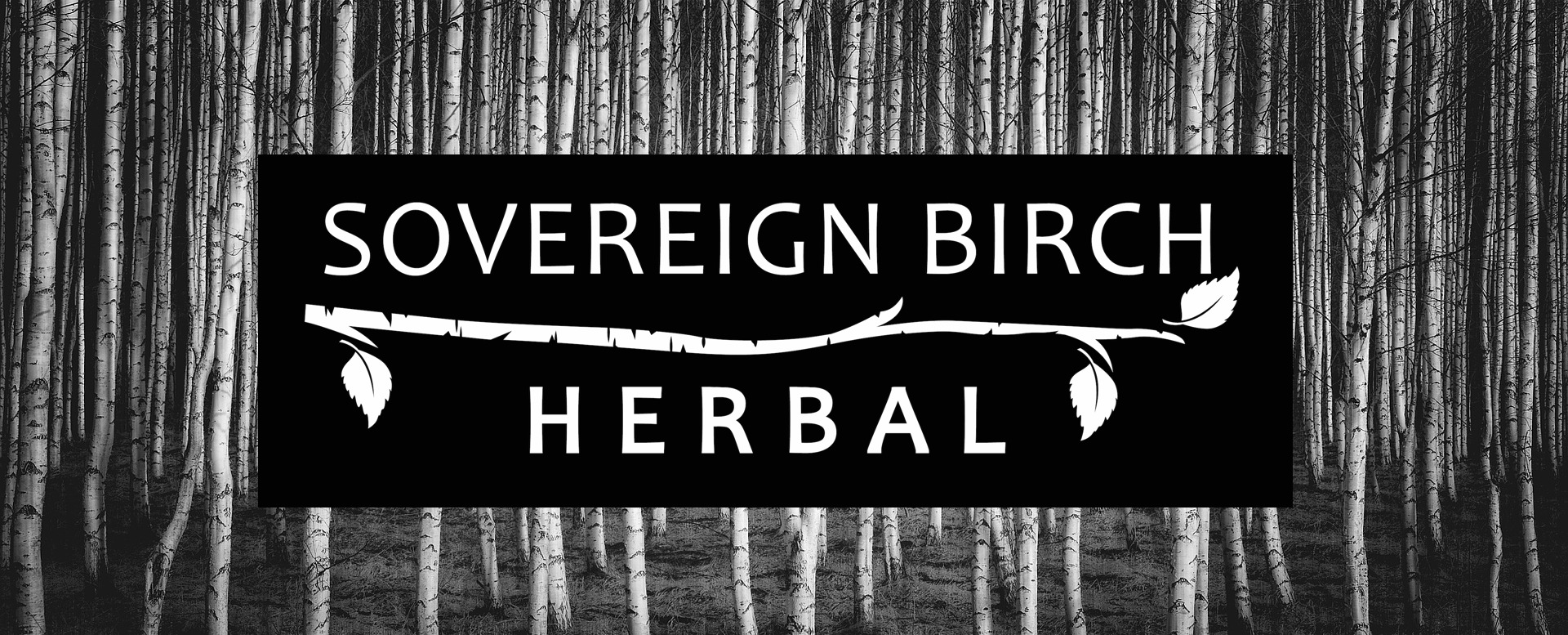The Basics
Botanical (Latin) and Common Name[s]
Polygonatum biflorum, P. multiflorum, others; from the family Asparagaceae
Solomon’s seal, King Solomon’s seal
Parts Used Rhizome (sometimes inaccurately called the root)
Taste[s]
Sweet, slightly acrid
Energetic Qualities
Cool, moist, relaxant
Tissue/Organ Affinities
Tissue: Dry/atrophy
Organs: Connective tissues—sinews, joints, fascia
Actions (Foundational and Clinical)
Lubricant, vulnerary, tension modulator, antispasmodic, anti-inflammatory, anti-rheumatic, astringent, demulcent, nutritive, expectorant, hypotensive, diuretic
Preparations
Tincture—because this plant is at risk in the wild, tincture is a respectful way to work with this plant without depleting its natural numbers
Contraindications and Cautions (if any)
Some species are endangered, or if not endangered, at risk. Please use care if harvesting in the wild and mindful of sources when purchasing. Solomon’s seal is easy to grow in a shady spot.
Seeds are toxic.
Working with Solomon’s Seal
Solomon’s seal, formerly a member of the lily family, is found through the temperate Northern Hemisphere, with over sixty species occurring in Asia, twenty of those in China. China also widely consumes solomon’s seal as a food, cooking the leaves, shoots, and rhizomes into various dishes, including festival dishes. They are also soaked in honey to make sweet snacks, or steeped into tea in Korea. The shoots of some species can be boiled like asparagus, and in the Americas, the rhizome of P. biflorum was eaten much like potatoes. Given the current endangered and at-risk statues, I do not recommend this.
As a medicine, solomon’s seal shines most with connective tissue trouble. Old or new injuries involving the joints, ligaments, bones, etc can benefit from solomon’s seal, which will loosen overtight connective tissues or constrict overstretched connective tissues. Solomon’s seal will also provide relief to fractures (Jim McDonald calls solomon’s seal ‘bone glue’) and bone spurs, thanks to its ability to recalcify bones or decalcify unhealthy deposits. This herb can also rebuild cartilage with extended consumption, especially when applied externally and consumed internally. Back problems generally can benefit from solomon’s seal, as they are often a conglomeration of cartilage, tendon, bone, and synovial fluid issues.
Solomon’s seal’s demulcent and astringent actions are not contradictory, if understood in the broader light of the herb’s affinity for connective tissues. Those two actions lend themselves well to a wider host of troubles, making solomon’s seal a polycrest herb. The astringent action assists with uterine prolapse, while the demulcent action helps with respiratory dryness or cracked ribs. However, that effect is best acquired through tea; as solomon’s seal is endangered, solomon’s plume (Maianthemum racemosa) both has more affinity for respiratory tissues and is not endangered.
Since there are concerns about overharvesting solomon’s seal, we should be mindful of the most respectful formats in which to consume it. Percolations don’t appear to work well, so a standard tincture is the way to go. The tincture marc can then be decocted for a final benefit.
I took a store-bought solomon’s seal as a tincture, one dropful a day. Additionally I had a tincture from Cortesia, their solomon’s seal #6, which also contains gravel root, pleurisy, boneset, mullein leaf, and horsetail. This tincture was very bitter, so when I ran out and switched to a simple solomon’s seal tincture, I was surprised by how sweet it was. And I could taste the demulcent effect. Over the course of taking it, the intensity of the cracks I could get from my back increased, but this correlated with small improvements in range of mobility. I intend to continue a course of solomon’s seal coupled with physical therapy/alignment exercises and, ideally, occasional therapeutic massage, in the hopes of decreasing chronic pain and alignment issues.
“Solomon’s Seal” class notes. Apprenticeship 2017, Commonwealth Center for Holistic Herbalism.
Wood, Matthew. The Earthwise Herbal: A Complete Guide to New World Medicinal Plants.
McDonald, Jim. “Back Pain”. Herbcraft.org. http://herbcraft.org/backpain.html
